



Stirlingshire | c. 1400
Seabegs lies in Stirlingshire near Falkirk and sits astride the ancient Roman Antonine Wall. Seabegs Wood, which contains the best preserved section of the wall, is a designated UNESCO World Heritage Site. Indeed the original caput baroniae, ‘le mot de Seybeggis’, is a ruined medieval castle built directly on the Roman wall.
to his alma mater, Dalhousie University, in 2016.
likely due to the presence of a round glacial drumlin known as ‘Elf Hill’ within the barony. The barony dates back to the 15th century, its earliest mention being in a letter received by King James II from John Porteous referring to ‘the Lordship of Seabegs, Stirlingshire.’ On 15 March 1543, Mary Queen of Scots confirmed the lands of Seabegs with its mill and the calling of chaplaincy of the Chapel of St. Helen to the barony.
Dr Burden has exercised his prerogative as recorded in The Charter of the Great Seal of Scotland by granting the (honorary) chaplaincy to be shared between Father Peter Noel Lamont of that Ilk, Chief of Clan Lamont, and Father (emeritus) Henry Capstick of Halifax, Nova Scotia.
In the mid 1700's, then Baron of Seabegs, Sir Lawrence Dundas, built the Forth and Clyde canal which runs through the barony, and his heir, Sir Thomas Dundas, commissioned William Symington to build the world's first practical steamboat, the Charlotte Dundas, to be used on the canal.
Feddal, Braco: ancestral home of the Burdens for almost 500 years.
He is a ceann tighe (chieftain) of Clan Lamont and represents his clan chief on the Standing Council of Scottish Chiefs. Dr Burden practices medicine in the bucolic Canadian province of Nova Scotia (New Scotland) and summers at Seabegs Cottage in Chester on St. Margaret's Bay.





Stirlingshire | c. 1400
Seabegs lies in Stirlingshire near Falkirk and sits astride the ancient Roman Antonine Wall. Seabegs Wood, which contains the best preserved section of the wall, is a designated UNESCO World Heritage Site. Indeed the original caput baroniae, ‘le mot de Seybeggis’, is a ruined medieval castle built directly on the Roman wall.
to his alma mater, Dalhousie University, in 2016.
Seabegs Collection of Ancient Roman Coins: hard bound volume illustrating almost complete collection of Roman emperor portrait coins donated to Dalhousie University by the Barony of Seabegs
likely due to the presence of a round glacial drumlin known as ‘Elf Hill’ within the barony. The barony dates back to the 15th century, its earliest mention being in a letter received by King James II from John Porteous referring to ‘the Lordship of Seabegs, Stirlingshire.’ On 15 March 1543, Mary Queen of Scots confirmed the lands of Seabegs with its mill and the calling of chaplaincy of the Chapel of St. Helen to the barony.
Dr Burden has exercised his prerogative as recorded in The Charter of the Great Seal of Scotland by granting the (honorary) chaplaincy to be shared between Father Peter Noel Lamont of that Ilk, Chief of Clan Lamont, and Father (emeritus) Henry Capstick of Halifax, Nova Scotia.
In the mid 1700's, then Baron of Seabegs, Sir Lawrence Dundas, built the Forth and Clyde canal which runs through the barony, and his heir, Sir Thomas Dundas, commissioned William Symington to build the world's first practical steamboat, the Charlotte Dundas, to be used on the canal.
He is a ceann tighe (chieftain) of Clan Lamont and represents his clan chief on the Standing Council of Scottish Chiefs. Dr Burden practices medicine in the bucolic Canadian province of Nova Scotia (New Scotland) and summers at Seabegs Cottage in Chester on St. Margaret's Bay.
Baron of Seabegs - 2021







Contact
Forum for the Scottish Baronage, c/o Brodies LLP, Capital Square, 58 Morrison Street, Edinburgh EH3 8BP, Scotland UK
Copyright
Copyright 2022, Forum for The Scottish Baronage, as a collective work, all additional rights to content contributed and/or licensed contained herein are expressly reserved to such contributors and licensors as independently owned and protected copyrighted works.




